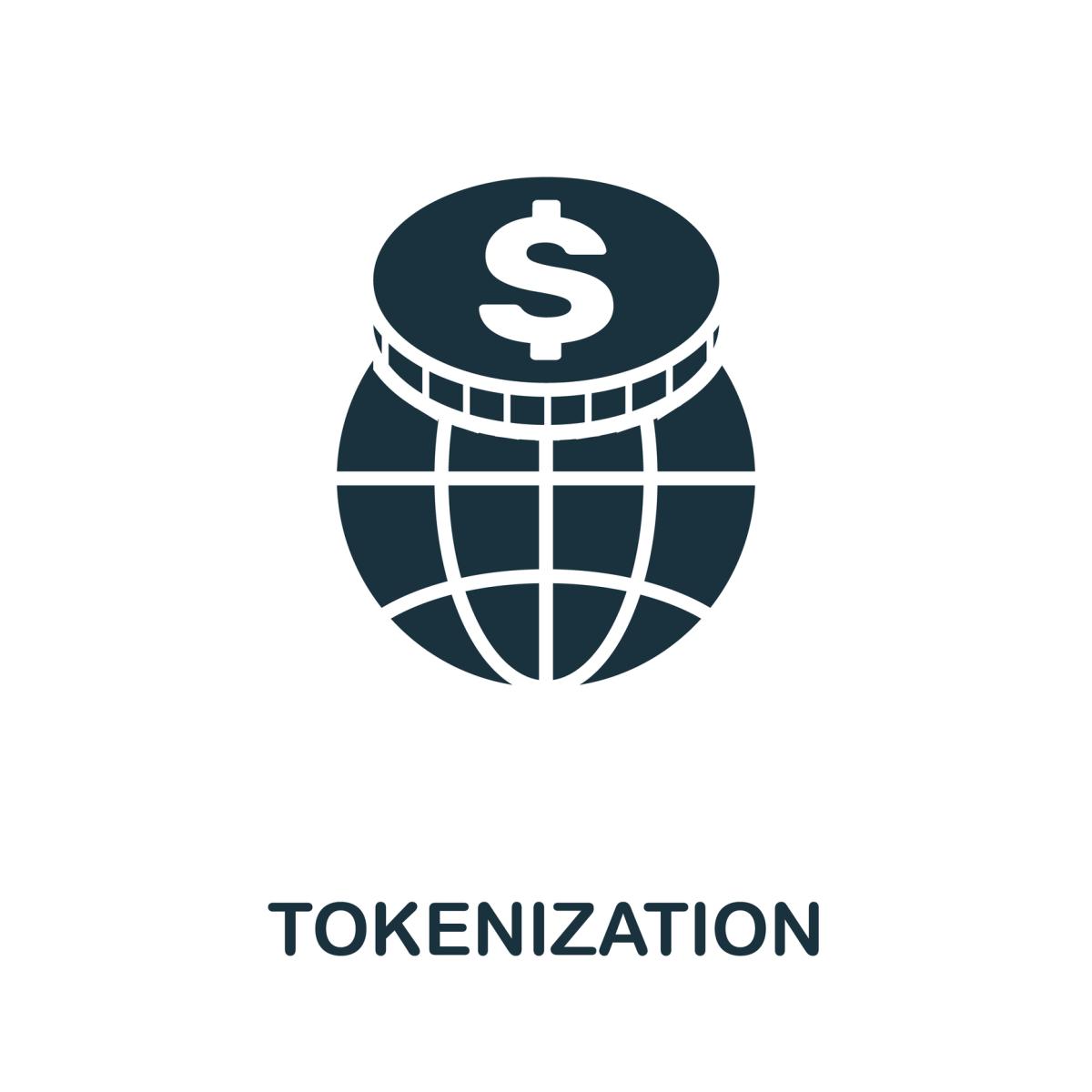By Michael Oliver Weinberg, CFA.
Just as we would not encourage anyone who does not have masochistic tendencies to listen to Frank Zappa’s 1974 album (with official release in 2013), A Token of His Extreme, similarly, we would not encourage unsophisticated investors to invest in much of if not most of the existing or upcoming tokenization market. Admittedly this market is nascent, and though largely on hold commensurate with the collapse of the beta driven cryptocurrency markets, we would not be surprised, if like a cat with nine lives, it too is reincarnated. Hence our words of caution, particularly to less sophisticated investors.
And we state this having been among the pioneers in the blockchain world, where as far back as 2016, as a founding partner and Chief Investment Officer of MOV37, we provided financial support to MIT Media Labs Digital Currency Initiative, which explored issues in blockchain. Since then and now, at a high level, the concept is that real world, often large dollar value (though could be any size) and/or illiquid assets may be tokenized, with the commensurate blockchain validation via smart contracts. This in turn would enable individual or smaller investors to participate in the ownership of these real world assets that they otherwise would have been unable to invest in, but now could, via digital tokens. We will not go into the details or technical points, as they are extraneous to our view of how this is likely to end up. Similarly, the concept we are espousing likely holds across various illiquid assets and asset classes that have been or may be tokenized.
A canonical example for some time is trophy real estate, particularly highly recognizable Class A office buildings, though it could just as easily be any real estate type or class. The glamorized example is that individual investors could obviously not historically own Trophy Class A Building (TCAB), which happens to be the tallest, most prestigious, in a world class gateway city, and worth an immense amount of money. But et voila, via the owner or sponsor tokenizing it, a multitude of individual investors could own fractional shares in TCAB, and have exposure to it that they otherwise couldn’t have had. That part, we can’t refute.
However, our contention is that these same investors would likely be better served owning a liquid asset.
Such as a publicly traded Real Estate Investment Trust (REIT) or Real Estate Operating Company (REOC), which has a diversified portfolio of similar assets. REITs and REOCs can easily be traded daily on a market like the NYSE, Nasdaq or another of the world’s most liquid stock markets. Though the value of the publicly traded shares will irrefutably fluctuate based on capitalization rates, real estate prices, supply/demand, interest rates, occupancy, inflation and other factors, there will effectively be a liquid market. Or at least, there historically has been one over the past 30 years, since when I was a REIT analyst. To the point, that they even have their own S&P Sector now, something unthinkable then. Similarly, there is the ability to transact at or near market with minimal transaction cost in these liquid, institutionally driven markets.
This will likely contrast with the hypothetical, tokenized TCAB. Where we suspect there will be a slew of tiny shareholders, each having a fractional ownership, pick your number, at somewhere between $10-100/token on launch. Institutions already have the size, scope, sophistication, ability to do partnerships and large dollar amounts of capital to invest in individual assets like TCAB, so have no need for this new market. Initially there will likely be great hype, press and media coverage, which may even in turn precipitate a modicum of, or even high volume. We suspect this will likely be with a high spread, as most crypto related securities have, and particularly compared to listed or other public equities. We have always found it ironic that one of the portended benefits of digital assets were eliminating the intermediaries and their fees, when digital assets typically have similar, if not higher fees. In any case, then, after the hype dies down, there will likely be little if any interest in TCAB, with minimal to no volume, and an immensely wide spread, if there are any buyers at all.
Who may ultimately be the buyers of TCAB, this illiquid security? The most sophisticated distressed investors. For example, if TCAB launched at $50, with an asset value of $40, a 25% premium to book value due to the scarcity and hype, it may subsequently trade at $20 when there is a bid, or 50% of book value. Then distressed investors may come in and provide liquidity at $5-15 (or less) per token. They may even aggregate enough TCAB to re-privatized the asset, reaping a windfall gain.
Having been taught investing by George Soros a quarter of a century ago, we learnt from the master, to invest with the premise that one is not infallible, and always in turn ask, where could we be wrong? The answer, in our view would be if tokenization really does become the next big thing, and a long-term phenomenon, not a short-term fad. Individuals embrace the concept. We have already stated why we believe institutions have no need for the concept. That there is material trading volume over time, prices hold up, and even appreciate. This becomes a robust means of price discovery and consequently a compelling investment class with returns in line with or above other more traditional security markets. If readers crystal balls share this view, then we will be proven wrong, and best to ignore our viewpoint. That said, based on historic fads, over the centuries, and the last 30 years that we have been investing professionally, we believe this concept will not prove to be exceptional.
Though certain digital assets are classified as securities by the Securities Exchange Commission (SEC), not all are and even then, often they are not held to the same standards as listed or publicly traded equities or other instruments. In fact, practices that are largely illegal in traditionally regulated markets, since the days of Jay Gould, as author and investor Greg Steinmetz chronicled in his book American Rascal, and discussed on our Improving Alpha Podcast series with him, may not be illegal or precluded in less regulated digital asset markets.
The outcome is likely to end in a transfer of wealth from unsophisticated investors, initially to the more sophisticated sponsors, and ultimately to distressed investors. That is why A Token of His Extreme should remain as a dormant, unlistened to album, just as most current and future tokens, such as TCAB, should remain similarly dormant. Otherwise, having just returned from Rome, we caution unsophisticated investors, caveat emptor, an expression that predates Tulip Mania.
About the Author:
For three decades Michael Oliver Weinberg has invested directly at the security level and indirectly as an asset allocator in traditional and alternative asset classes. Most recently he was a Managing Director, on the Investment Committee and a board member at APG, a Dutch pension provider. Previously he was the Chief Investment Officer and Management Committee Member at MOV37 and Protege Partners. Michael is also an Adjunct Professor of Economics and Finance at Columbia Business School, where he teaches Institutional Investing, an advanced MBA course that he created. He was a portfolio manager, board member and global head of equities at FRM, a multi-strategy investment solutions provider. Prior to that, Michael was a portfolio manager at Soros, the macro fund, foundation, and family office, and at Credit Suisse. Before that he was a Real Estate analyst at Dean Witter.

His responsible investing career started as an investor for George Soros’s foundation, then continued at FRM, Protégé and APG, a world leader in Environmental, Social and Governance investing. Michael has taught ESG investing at business schools. He co-authored an academic paper on using machine learning to optimize allocation to the United Nation Sustainable Development Goals, published by The Journal of Impact and ESG Investing. Michael is a former co-founder of Project Punch Card, a not-for-profit organization, whose mission is to increase diversity by facilitating investment careers for under-represented groups.
Michael is a board member of AIMA. He is on the Milken Institute’s Global Capital Markets Advisory Council, the management advisory council for the Michael Price Student Investment Fund and a Special Advisor to The Tokyo University of Science’s Endowment. Michael is a former co-founder of The Artificial Intelligence in Finance Institute. He is a member of The Economic Club of New York. Michael is a former Chair at CFANY, where he has received multiple awards, including Volunteer of the Year. He has researched the impact of AI on Finance for The World Economic Forum. Michael also testifies as an expert witness in financial and technology litigation.
He is a published author, having written for The New York Times, international investment books and other publications. Michael has been interviewed by the Wall Street Journal, Financial Times, CNBC, Bloomberg, and Reuters. He is a frequent panelist, moderator and lecturer for investment banks, institutional and family office organizations and business schools. Michael has a BS from New York University and an MBA from Columbia Business School.




